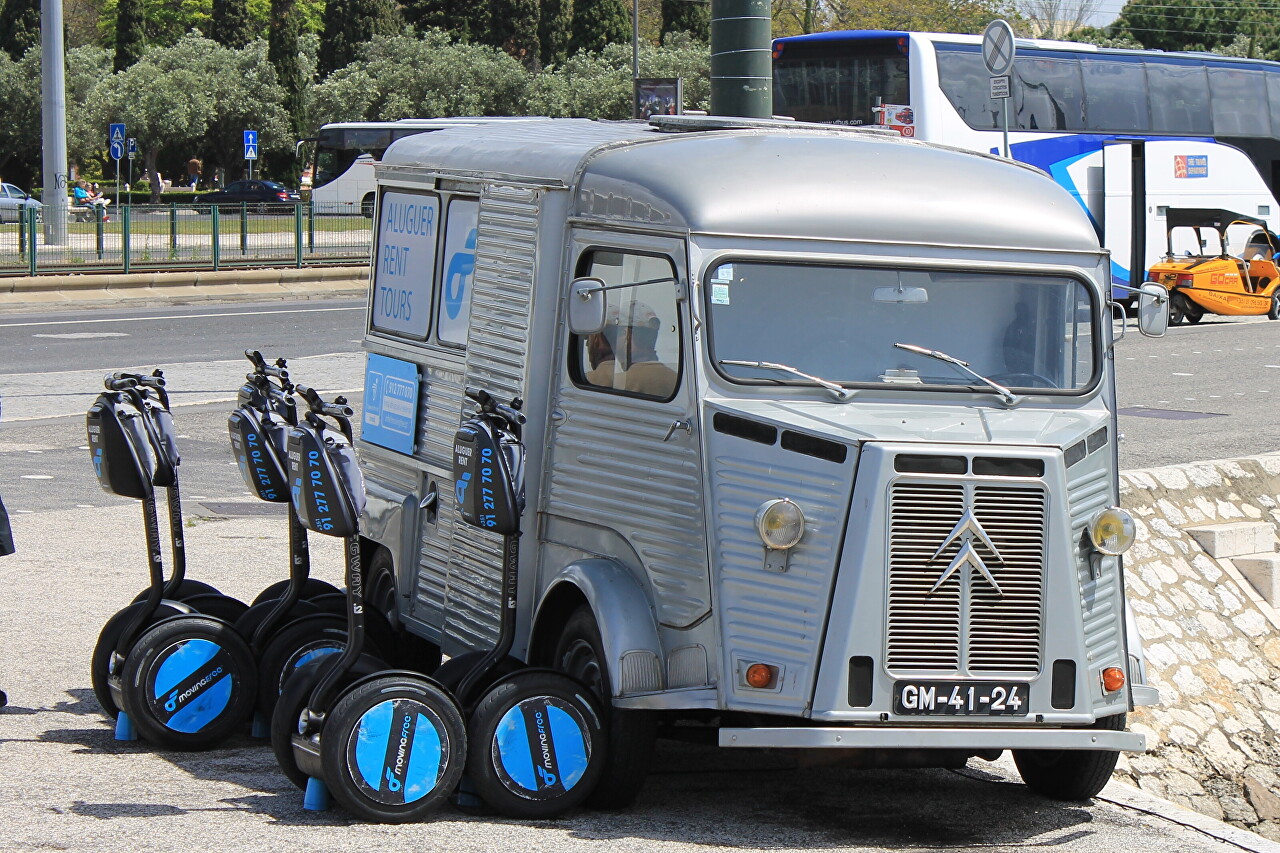The Monument to the Discoveries
On the Belém embankment, opposite the Jerónimos Monastery, stands the giant Padrão Descobrimento, dedicated to the most glorious page in the history of Portugal, the era of Great Geographical Discoveries. Lisbon residents also call it Monumento aos Navegantes (Monument to Navigators).
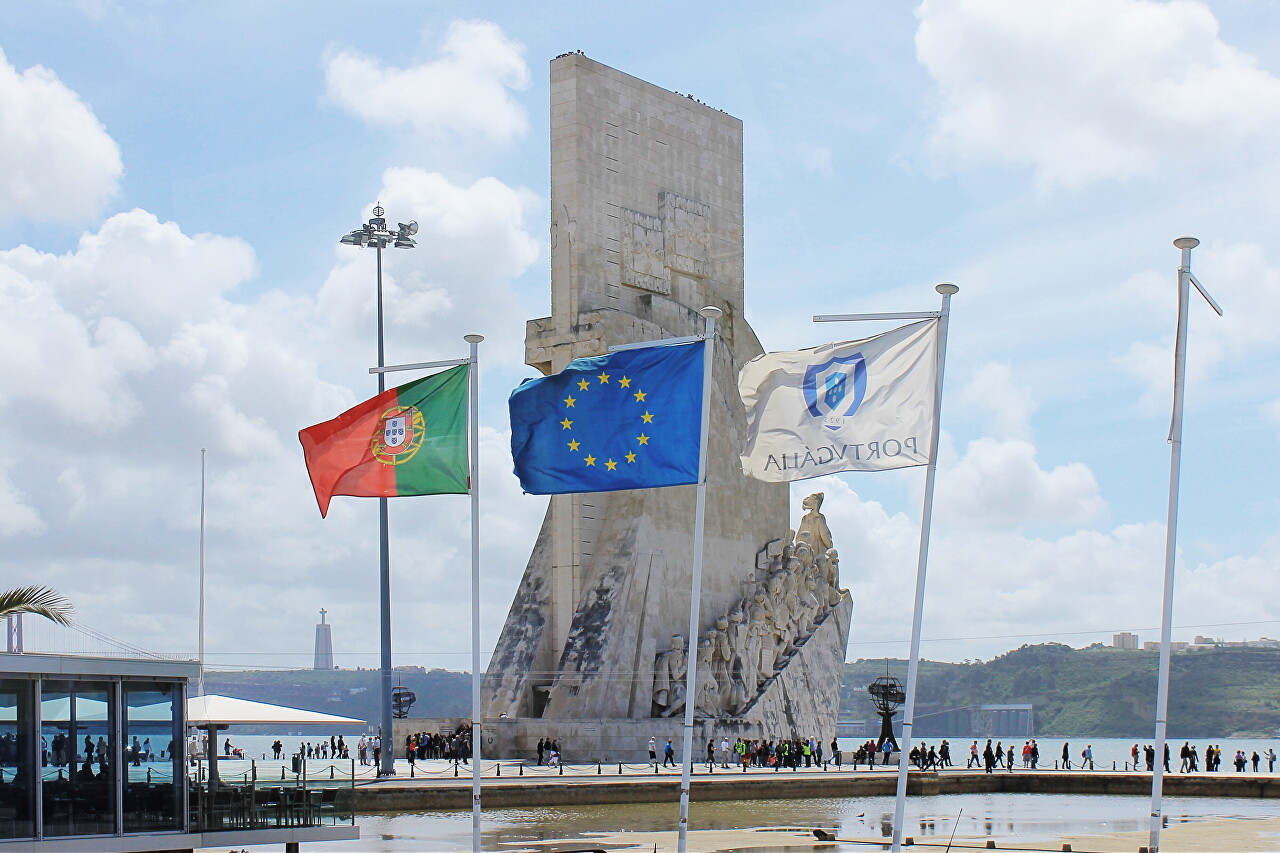
The monument was built in 1940 for the opening of the Lisbon World's Fair. The architectural design was designed by Cottinelli Telmo, and the sculptural design was done by Leopoldo de Almeida. The construction budget was considerably cut, so cheap and short-lived materials were used, and by the 50s the monument was pretty dilapidated and in 1958 it was dismantled. By the decision of dictator Salazar, the construction of a monumental complex dedicated to the 500th anniversary of the death of the mastermind of long-distance sea travel, Infante Henry (Infante Dom Henrique de Avis), who went down in history as Henry the Navigator (Henrique o Navegador), began. The grand opening of the monument took place on September 9, 1960.
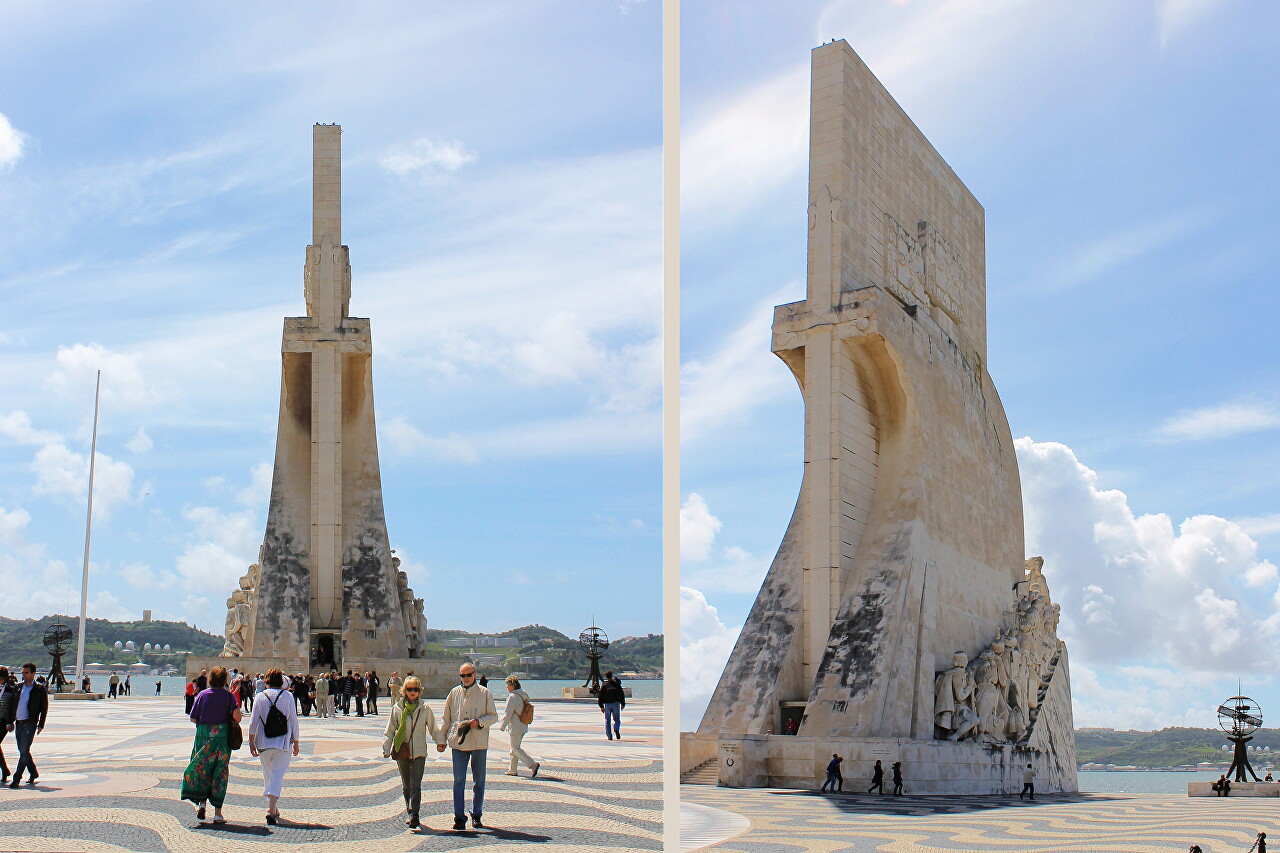
The monument is built of reinforced concrete and lined with pink limestone from Leiria, its height is 54 meters, the width of the base is 20 meters. The sculptural composition is made of white limestone quarried in Sintra, it depicts a stylized caravel with a figure of Henry the Navigator on the bow, and 32 figures of outstanding people of this era are placed on its sides.
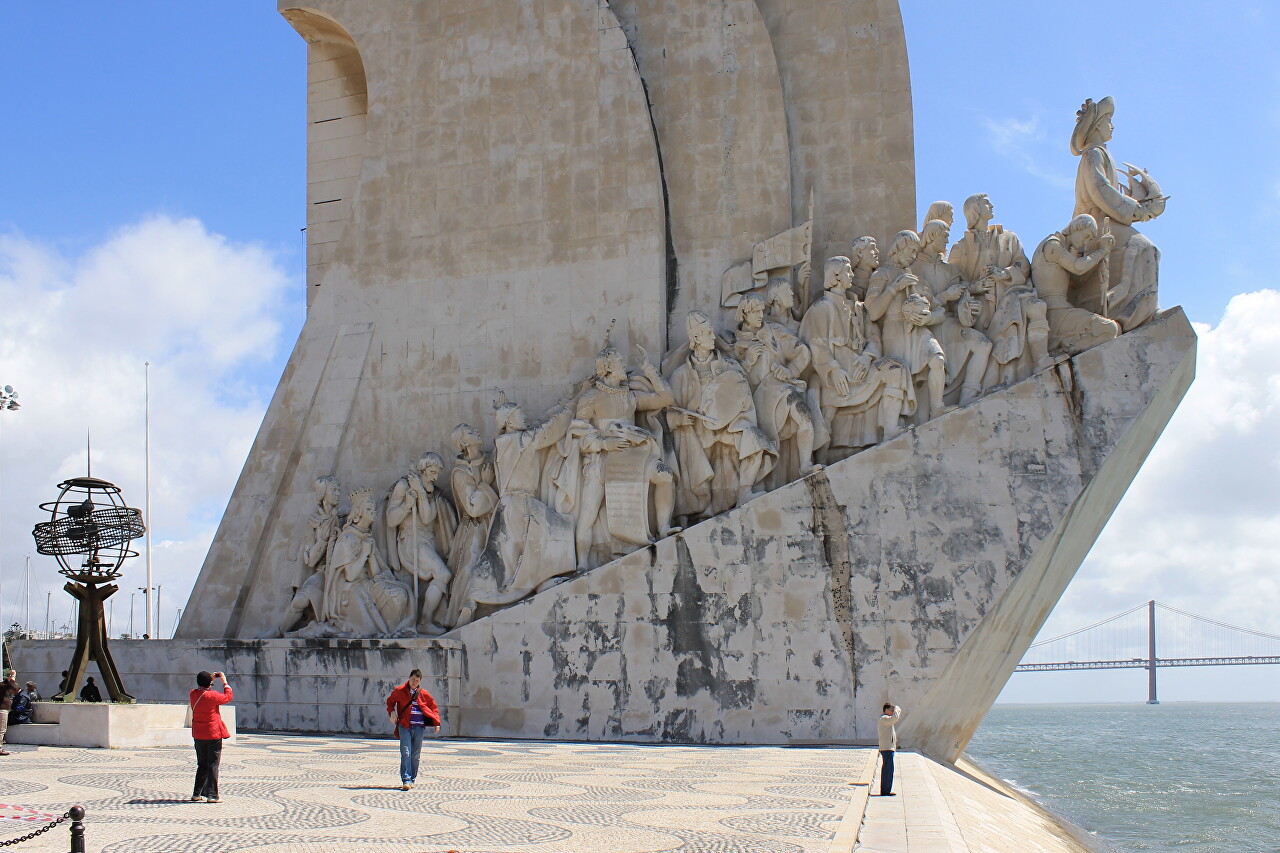
In 1985, the monument was reconstructed, and a conference hall, cinema hall, and exhibition facilities were added inside. An observation deck was built at the top, which can be reached by elevator.
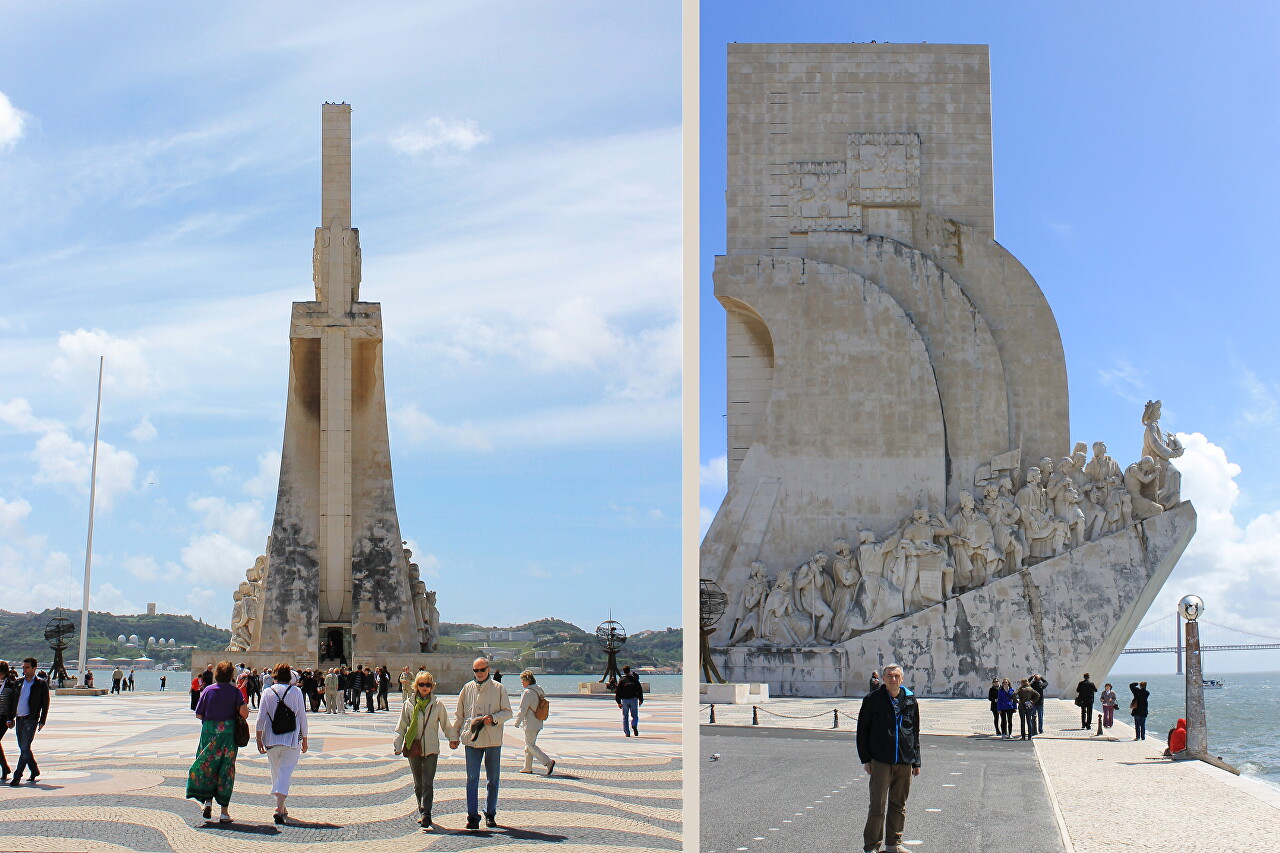
On the square in front of the monument, a wind rose and a world map with trajectories and dates of Portuguese sea expeditions are laid out of granite.
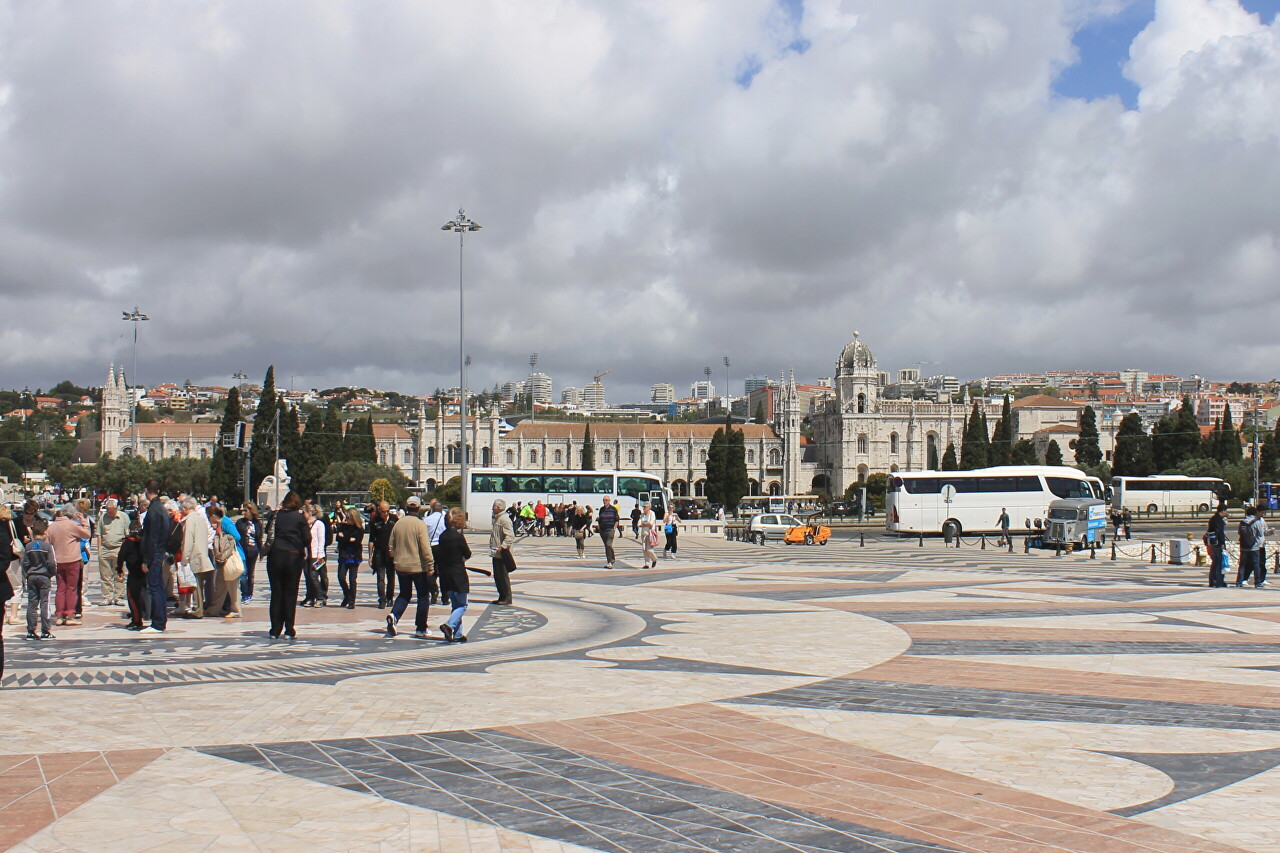
The monument opens up the expanses of the Tagus River, which is crossed by the Bridge named after April 25.
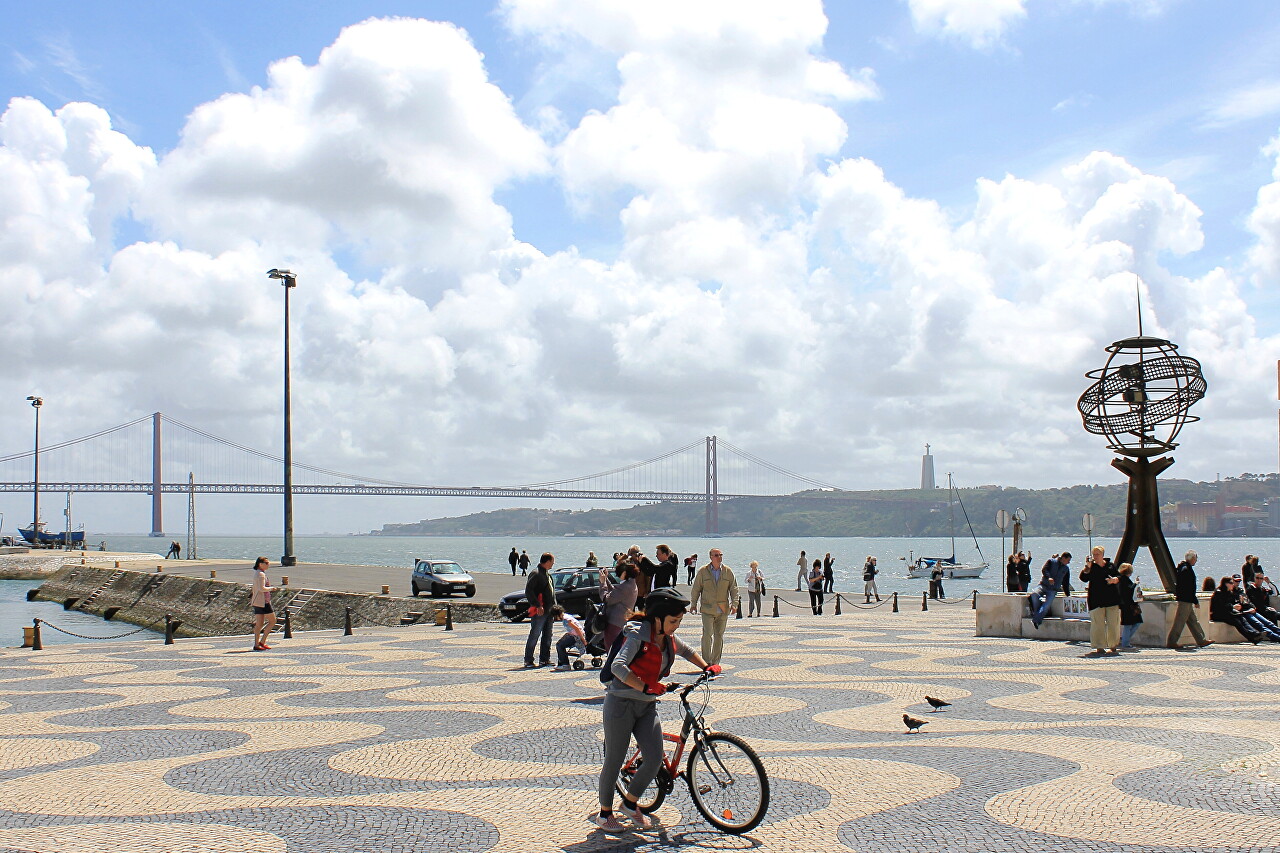
Behind the bridge, on the high left bank, Christ the King (Cristo Rei) stretched out his arms.
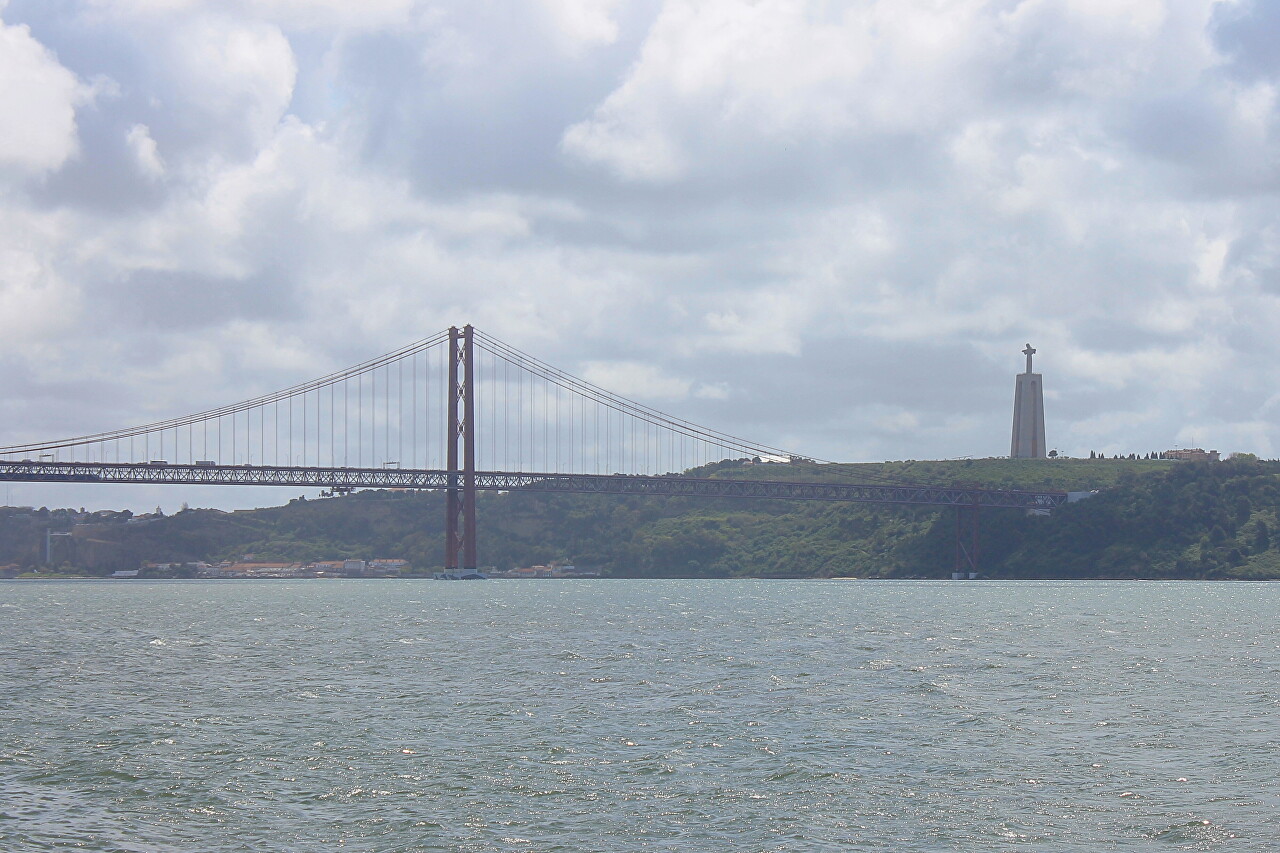
On the right, you can walk along the embankment to the Belém Tower, which was built in honor of the discovery of the sea route to India by the Vasco da Gama expedition.
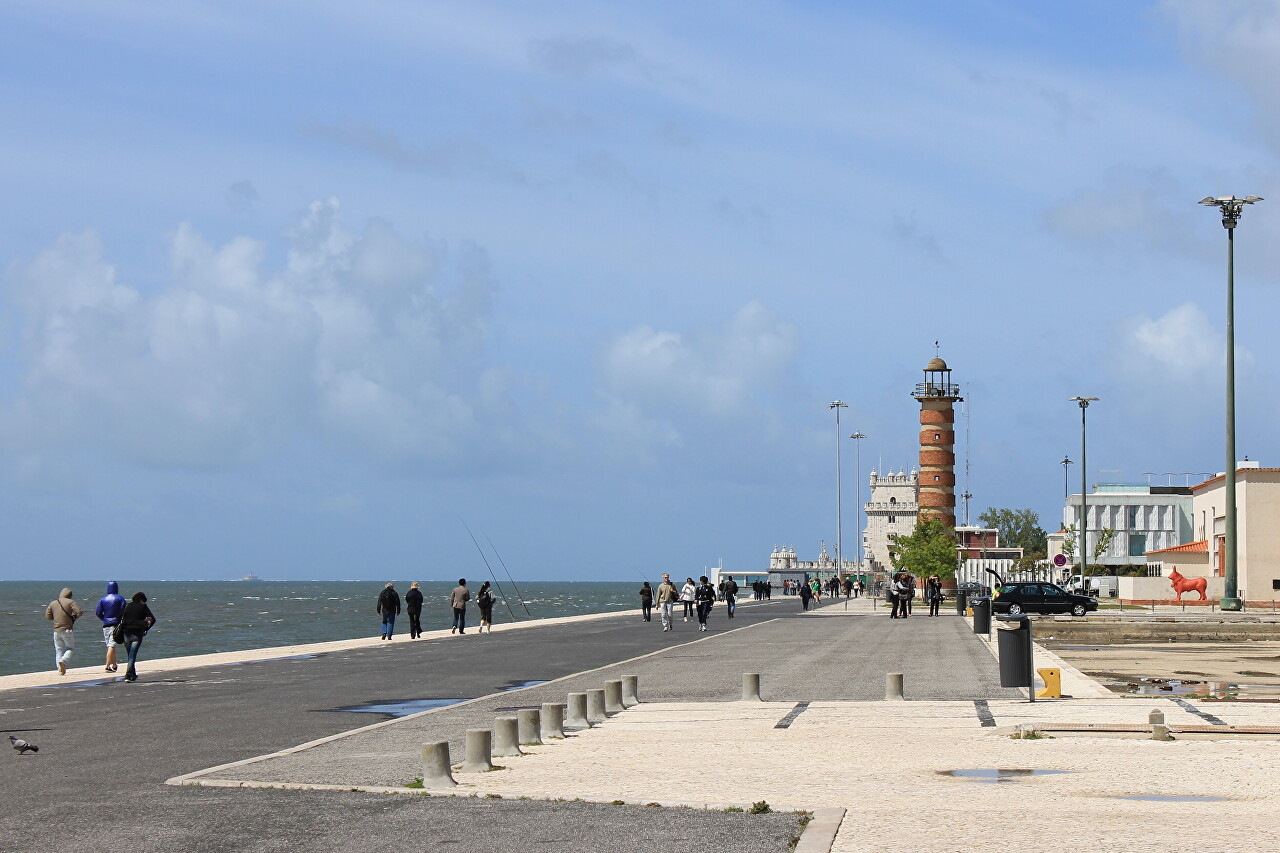
Behind the Empire Park (Praça do Império Garden) with a large fountain is the Jerónimos Monastery, in the western part of which the Maritime Museum is located.
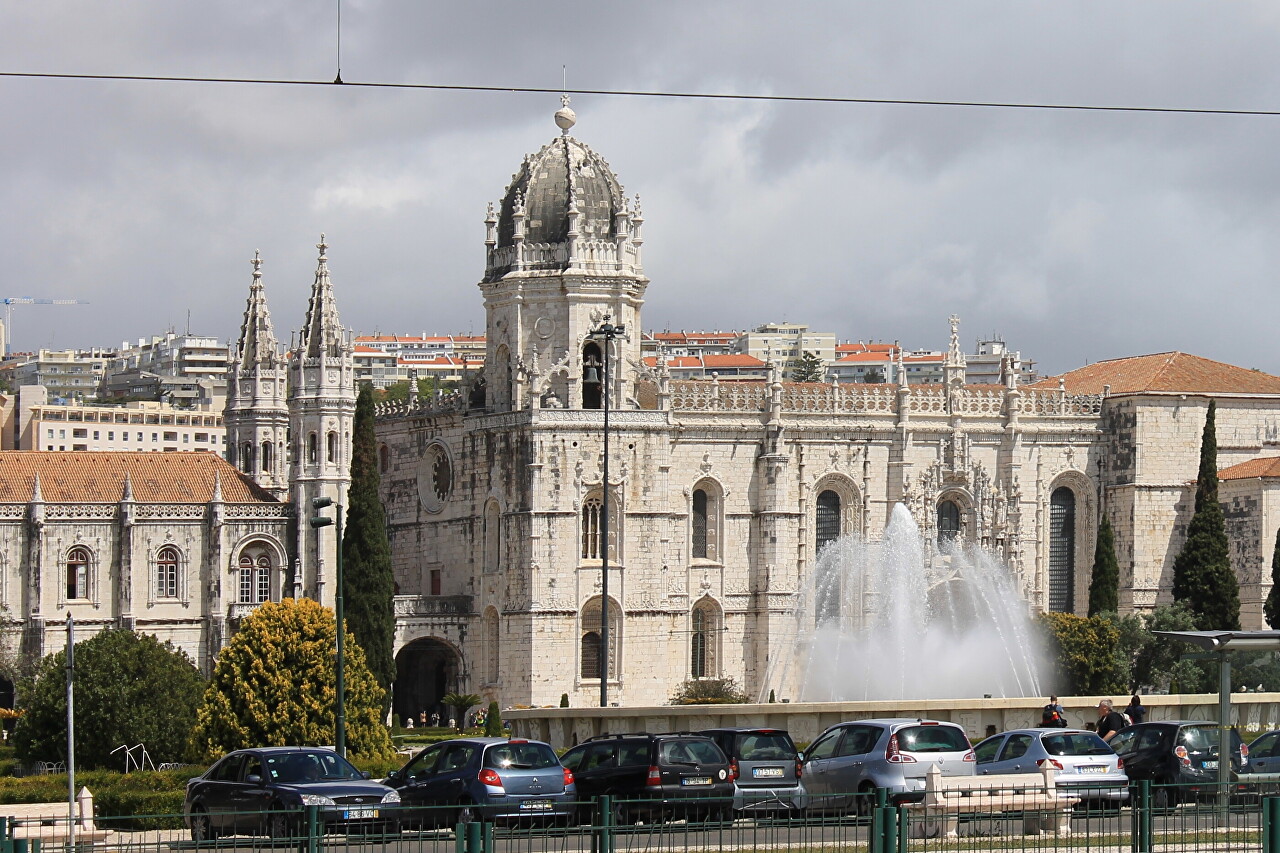
On the square, you can see a classic Citroen van from the 50s, where you can rent electric segway scooters.
